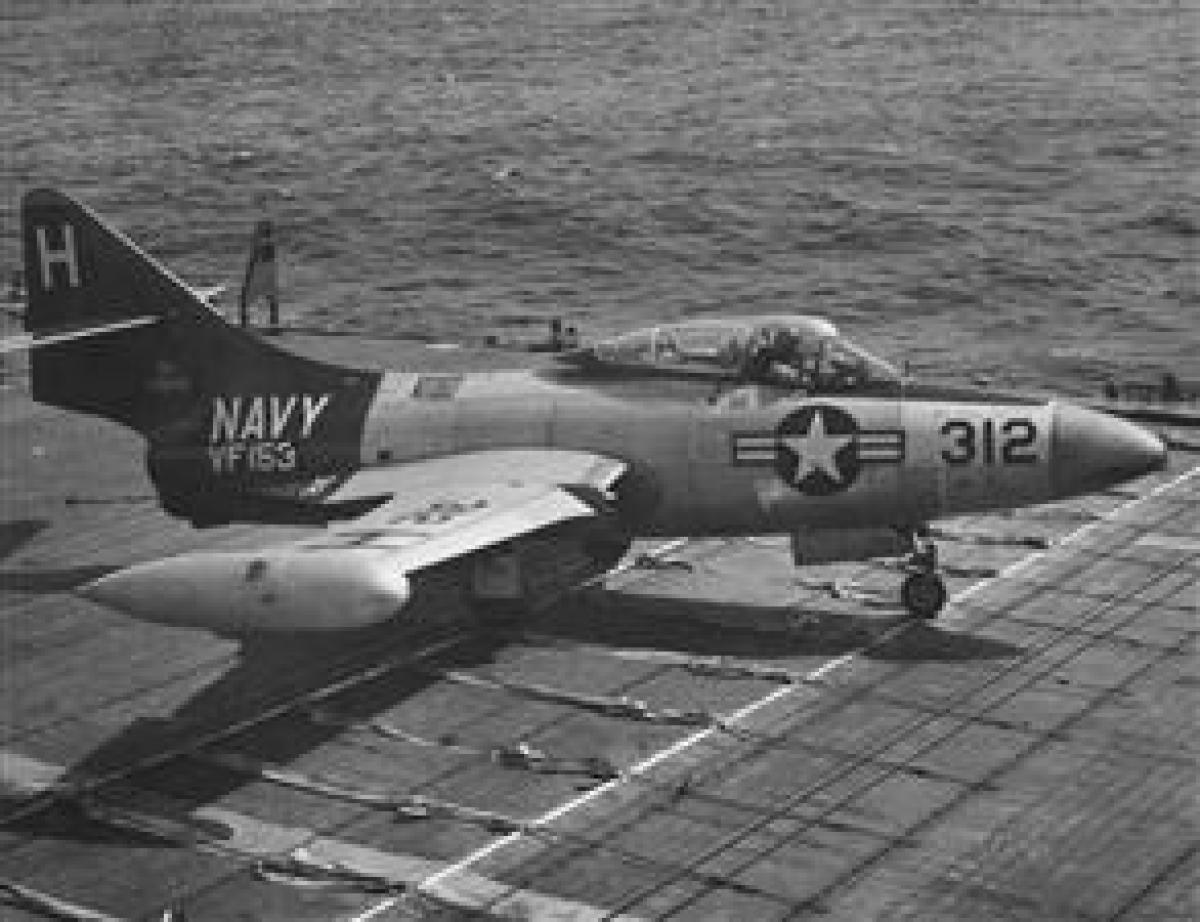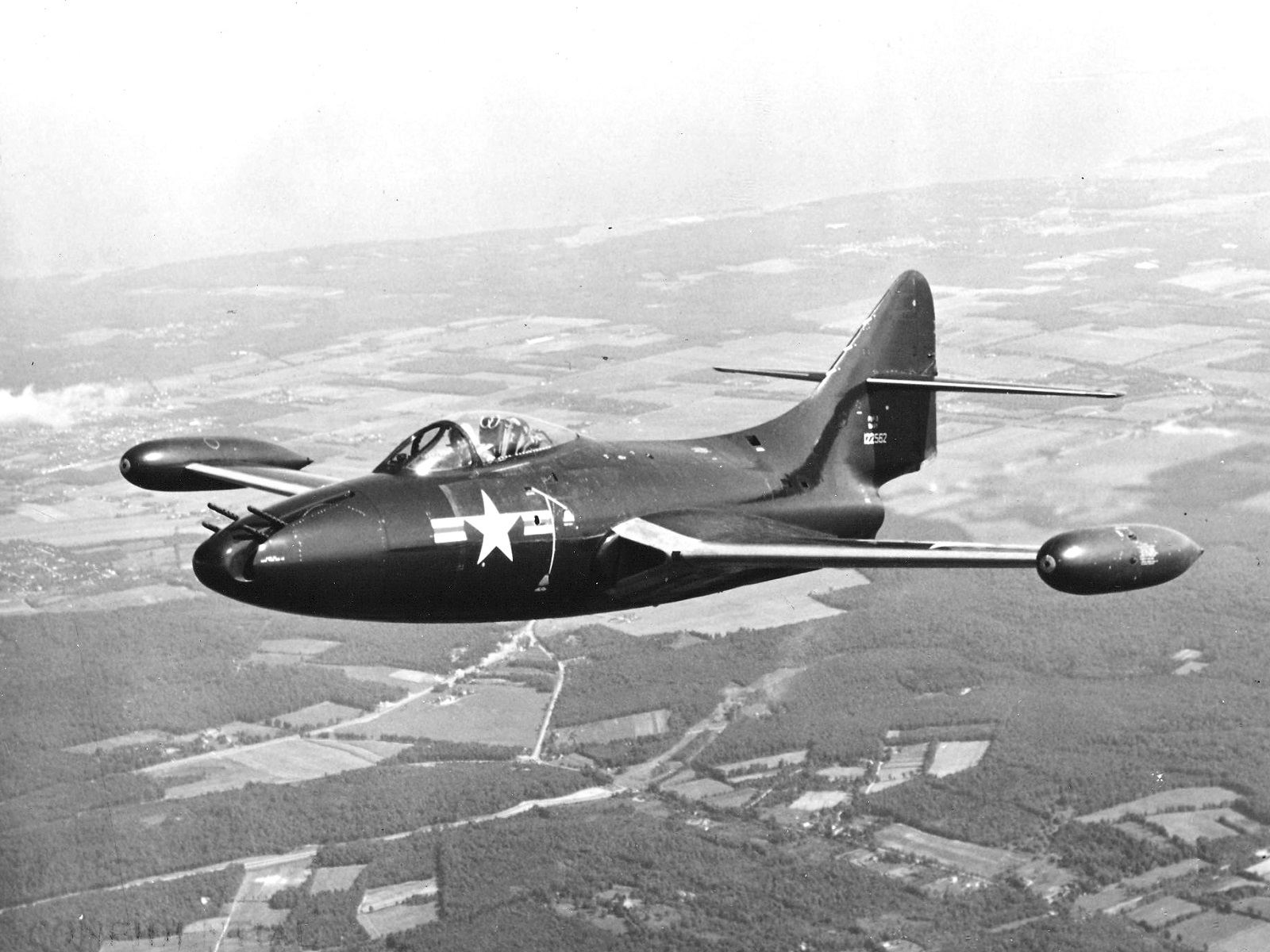Aircraft In Korean War - As they waited for their aircraft, Hitt was excited by General Douglas MacArthur's December 11 visit to Kimpo, very aware of the situation. “General MacArthur came in here yesterday, walked right past me not more than 15 feet away.
I took a picture of him, hope it comes out ok. The Reds are twenty miles away and things are really tight here.” By the end of the Korean War, the US awarded almost 800 aerial victory credits to Saber pilots, while losing less than eighty F-86s, although Soviet and Chinese records challenge these numbers.
Aircraft In Korean War

The North American F-86A Saber on display at the Steven F. Udvar-Hazy Center is one of the aircraft that was assigned to the 4th Fighter Interceptor Group at Kimpo in December 1950 (along with Ward Hitt).
On June The Korean War Began – A Conflict Renowned For The Sheer Volume Of Aircraft Involved On Both Sides Here Are Some Of The Most Significant Aeroplanes From The Campaign Including One That Neil Armstrong Had To Eject From
The history of the Museum's Chinese Mikoyan-Gurevich MiG-15 is unknown. Hitt was then ordered to Forward Aircraft Controller Duty in January, for which he was awarded the Oak Leaf Cluster to the Air Medal in April as well.

He was assigned to the 5th Republic of Korea (ROK) Corps, 36 Regiment February 3 through 26, 1951 in central Korea. Hitt returned to Japan in June 1951 to attend the Combat Orientation School at Johnson AFB until September 1951.
The airplane he was to fly developed trouble just prior to takeoff. Hitt, of 2834 Parkwood Boulevard, Kansas City, Kan., ran to another plane to take off. He got off the ground late, however, and was ordered to return to base by the flight leader.
A native of Kansas City, Kansas, Hitt entered Air Force cadet training in 1948 and graduated from Williams Field in February 1949. He received his promotion to first lieutenant after he completed his radar training later in October 1949. In November 1950, he was sent

to Johnson AFB in Japan. He joined the 4th Fighter Interceptor Group at Kimpo on December 8, 1950, reflecting in a letter home: "Our planes won't be here for a week and I'm afraid Seoul won't last that long."
The F-86As arrived at Kimpo on December 15. Hitt wrote, “The situation here remains the same, tight and jumpy. Our planes arrived today so I guess I'll be in business tomorrow. Don't worry about me, we are flying top cover here and no one is getting shot down in jets here anyway.
The Reds are 12 miles away.” On December 17, 1950, the first known aerial combat between swept-wing jet fighters took place in the skies over Korea. The Russian-built Mikoyan-Gurevich MiG-15 had been introduced to the Korean conflict in November, its speed and maneuverability causing trouble for the United States' fleet of B-29 bombers and escorts.

The North American F-86 Saber was rushed to Korea, setting the stage for a clash in the air. Ward Hitt Jr., a member of the 4th Fighter Interceptor Group based at Kimpo Air Base near Seoul, chronicled the early days of the F-86 in combat in a detailed scrapbook, part of the National Air and Space Museum Archives' digital collections.
Aircraft history/synopsis furnished by Jim Givens, Columbia , MO , 65202 Hawker Sea Fury Crew: 1 Length: 34.6ft Wingspan: 38.3ft Maximum speed: 460 mph Range: 700 miles Used primarily as a ground-attack aircraft during the Korean War, the Sea Fury flew with various Naval Air Squadrons from the Royal Navy's light fleet carriers HMS Glory, HMS Theseus, and HMS Ocean, as well as the Australian carrier HMAS Sydney.
On August 8, 1952, Sea Fury WJ232, flown by Lieutenant Peter "Hoagy" Carmichael of 802NAS, was credited with shooting down a MiG-15 - one of the very few examples of a jet fighter being successfully engaged by a piston-engined aircraft.

. Hitt was scheduled to be part of the F-86's first mission over North Korea. He wrote home on December 17 as if he was, “We started flying today. I was on the first mission. We didn't see anything on our flight but the one this afternoon did.”
But a photo caption released by the Far East Air Forces told a different story: A little bit of Lt. Ward Hitt's combat heart broke off recently at an air base in Korea. He drew an assignment of making the first U.S.
Air Forces F-86 Saber jet mission over frozen North Korea. We rely on the generous support of donors, sponsors, members, and other benefactors to share the history and impact of aviation and spaceflight, educate the public, and inspire future generations.

With your help, we can continue to preserve and safeguard the world's most comprehensive collection of artifacts representing the great achievements of flight and space exploration. Hitt would get his own chances in aerial combat later.
The citation for the Air Medal he received in April 1951 read: “He performed an act of meritorious achievement as a member of a flight of four F-86 type aircraft on a combat aerial patrol south of the Sinuiju-Yalu river area, north Korea
. In the face of superior numbers of high performance enemy jet aircraft, Lieutenant Hitt's flight made repeated attacks upon the enemy.” Army Liaison - The Army used various Air Force L-type liaison Aircraft as listed below in the Air Force entry.
The L-5 and L-19 were the most commonly used.
us aircraft in korean war, korean war aircraft carriers, jets used in korean war, korean war aircraft losses, north korean aircraft korean war, list of korean war aircraft, korean war us aircraft, korean war jets photos